JAIVANT PATEL ON HIS NEW DANCE SHOW YAATRA
by ASJAD NAZIR
CELEBRATORY festivals such as Diwali and Navratri combined with his grandfather watching Bollywood classics like Pakeezah first connected Jaivant Patel to dance at a young age.
This led to a career in dance and productions like his latest offering Yaatra, which embarks on a UK tour this month. The captivating combination of kathak and British contemporary dance is rooted in Jaivant’s experience as a British Indian homosexual. He has teamed up with various artistic talents for a performance that offers a new perspective on South Asian LGBTQ+ narratives, faith and spirituality.
Eastern Eye caught up with Wolverhampton based Jaivant Patel to talk about dance and his path-breaking production Yaatra.
What led you towards your production Yaatra?
South Asian LGBTQ+ voices are rarely exposed and often marginalised, and I wanted Yaatra to be celebrated and contribute towards a positive change. Whenever I look at existing and current work in UK dance and most international scenes, I rarely see myself as a gay Indian man being represented. I don’t see pieces reflective of the narratives, themes and issues important to me. Yaatra is about empowering representation and encouraging others to do similar work if they have a desire to do so, or just to gain a new and different experience.
Tell us more about the Yaatra?
Yaatra started by me asking, ‘what does dance look like through the disruptive perspective of the South Asian queer lens?’ Essentially, it is a captivating evening of solo kathak and contemporary dance with a new perspective on South Asian LGBTQ+ narratives, faith and spirituality. As a British Indian, Yaatra celebrates two cultures, paying tribute to traditions and heritage of one with often untold stories of another. The piece is also heavily influenced by my grandma and features her voice speaking in Gujarati (my mother tongue), singing hymns and reciting Sanskrit scriptures. Luckily, my grandma is still with us and we get on very well.
What are the messages you want to convey through this piece?
I want to convey the message of acceptance and the desire for the subject matter to open up questions of the role of LGBTQ+ narratives in the South Asian community. These narratives, for example, have existed for centuries in the mythology of the sub-continent but were wiped out in the conditioning of the colonial mind of which the South Asian diaspora belong too. The legacy of colonisation for example in laws such as Section 377 existed up until last year prior to abolishment. I felt a responsibility as a member of the wider LGBTQ+ community to bring these narratives to the forefront as it is incredibly important for the South Asian community to own these stories and wider dialogues it brings. Another message I believe to be important in the production is the message that a man who identifies as being LGBTQ+ can also have faith and spirituality.
Who are you hoping connects with Yaatra?
I hope all are able to connect on a universal level with the content of Yaatra, in particular, the South Asian LGBTQ+ community. I am also hopeful those who are proactive in any faith are able to connect with themes such as spirituality.
How does this compare to other dance pieces you have worked on?
Yaatra is my first full-length production and is influenced by my own experiences. Yaatra has drawn on my personal history and weaved a narrative reflective of my identity, but also is universal in presentation to be accessible to all, regardless of experience or knowledge of dance.
What are your future hopes for classical Indian dance?
I trained in contemporary dance and started incorporating kathak into my artistic practice around four years ago. So I would not refer to myself as a pure classical dancer. I hope Indian classical dance continues to make shifts in opening up its aesthetics and vocabulary to retain purity, yet be contemporary in context and accessibility. I also hope there are developments in the existing structures of the form to create innovations relevant to contemporary contexts.
What inspires you?
Currently, I am really inspired by discovering more about the aesthetics and principles of kathak and other forms in the Indian classical dance family. I have a desire to work towards creating my own idiosyncratic vocabulary reflective of my identity as a British Indian and the many global forms I have experienced in my dance journey. I am also inspired by international dance makers and choreographers such a Hari Krishnan in Canada, who continues to develop ground-breaking work around South Asian LGBTQ+ narratives in pieces such as Siva Kissed Visnu.
Who is your own dance hero?
I love the individual style and vision Bob Fosse was able to bring to dance and his ability to change the way we see modern dance choreography today. Another hero is Jerome Robbins, who is famous for musicals such as West Side Story.
Why should we see Yaatra?
You should come and see Yaatra, as it’s relevant to current socio-political themes such as LGBTQ+ rights, race and identity. It is also the first touring production of its kind in the UK to explore South Asian LGBTQ+ narratives in dance. Yaatra questions what it means for a homosexual Indian man with faith to navigate the complexities of intersectionality when you belong to more than one cultural heritage. It has something in it for everyone and they will be able to connect with the multiple layers.
Yaatra will be staged at Tara Theatre in London on October 17, Midlands Arts Centre in Birmingham on November 13, Arena Theatre in Wolverhampton on November 23 and Déda in Derby on November 28.





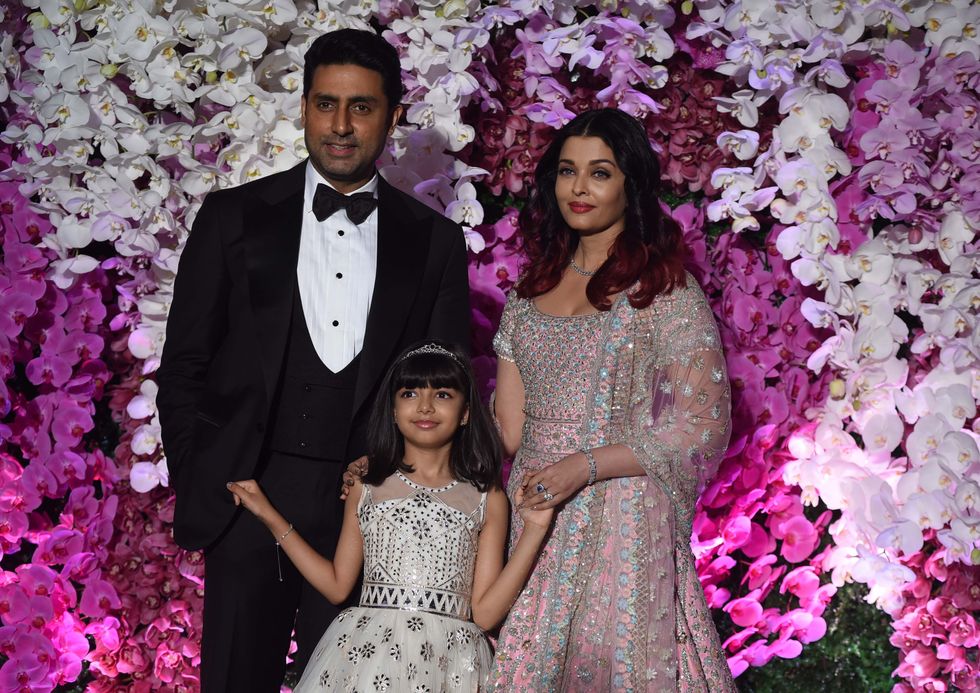 Aaradhya Bachchan has no access to social media or a personal phoneGetty Images
Aaradhya Bachchan has no access to social media or a personal phoneGetty Images  Abhishek Bachchan calls Aishwarya a devoted mother and partnerGetty Images
Abhishek Bachchan calls Aishwarya a devoted mother and partnerGetty Images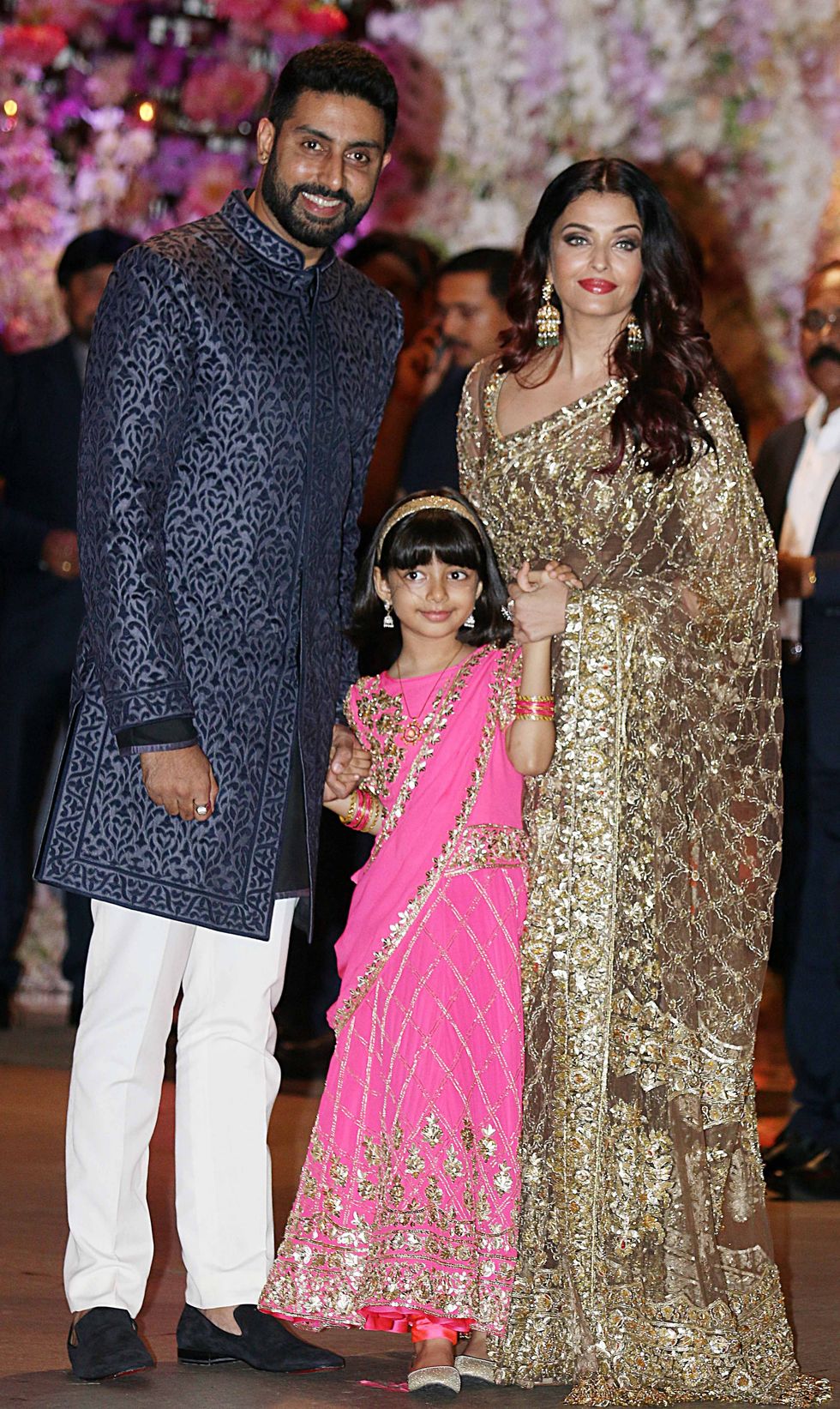 Aaradhya is now taller than Aishwarya says Abhishek in candid interviewGetty Images
Aaradhya is now taller than Aishwarya says Abhishek in candid interviewGetty Images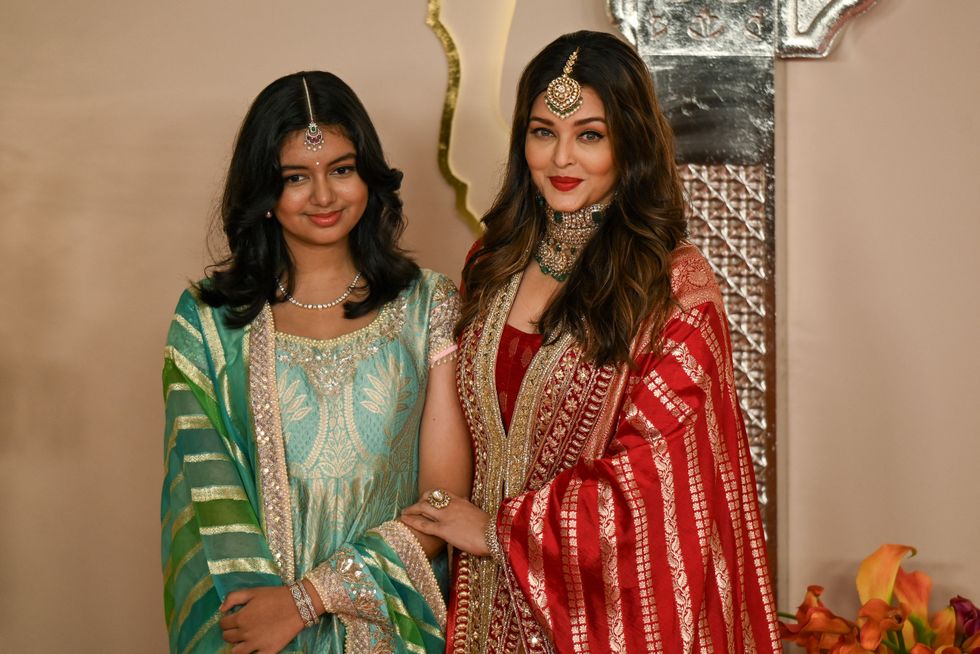 Aishwarya Rai often seen with daughter Aaradhya at public eventsGetty Images
Aishwarya Rai often seen with daughter Aaradhya at public eventsGetty Images








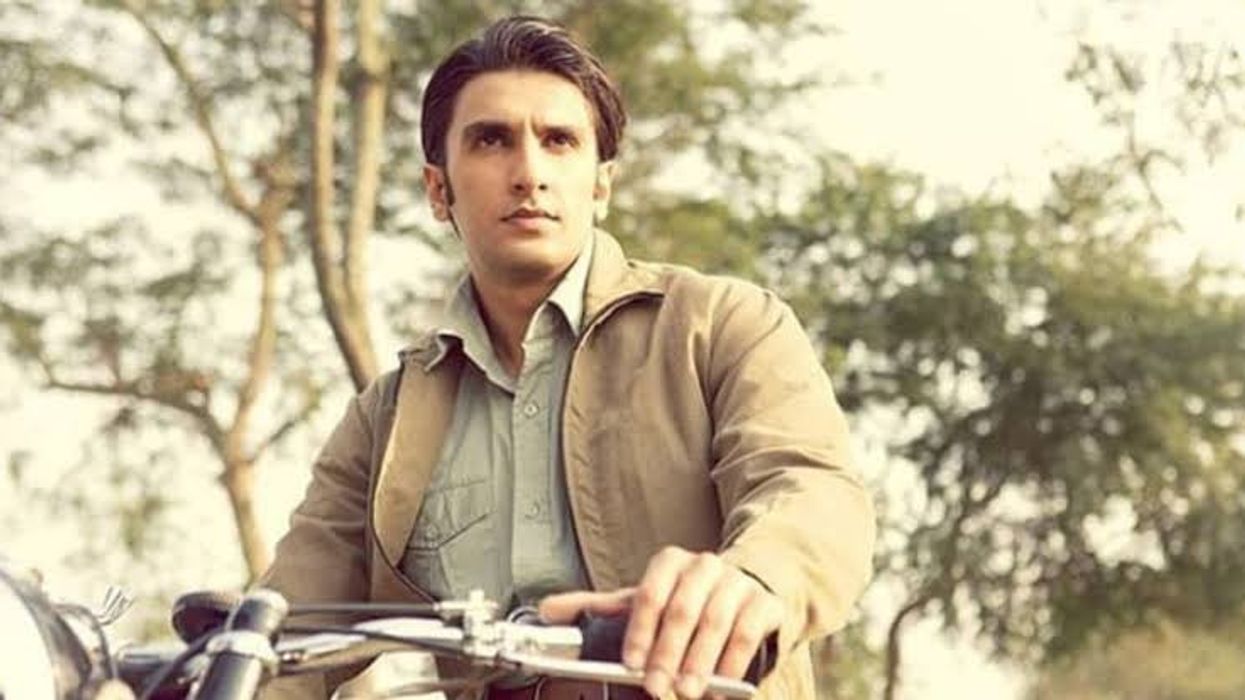
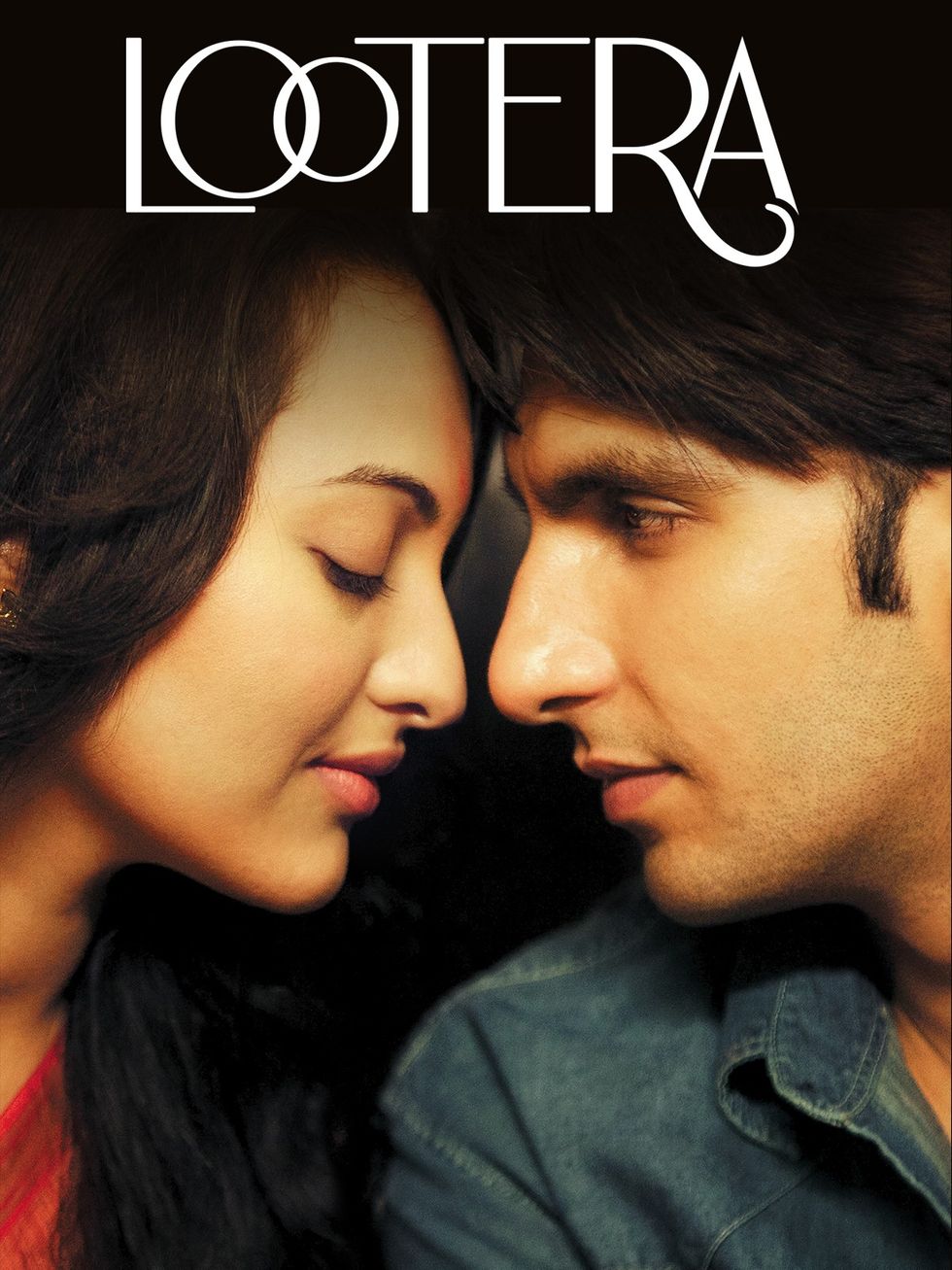 Lootera released in 2013 and marked a stylistic shift for Ranveer Singh Prime Video
Lootera released in 2013 and marked a stylistic shift for Ranveer Singh Prime Video 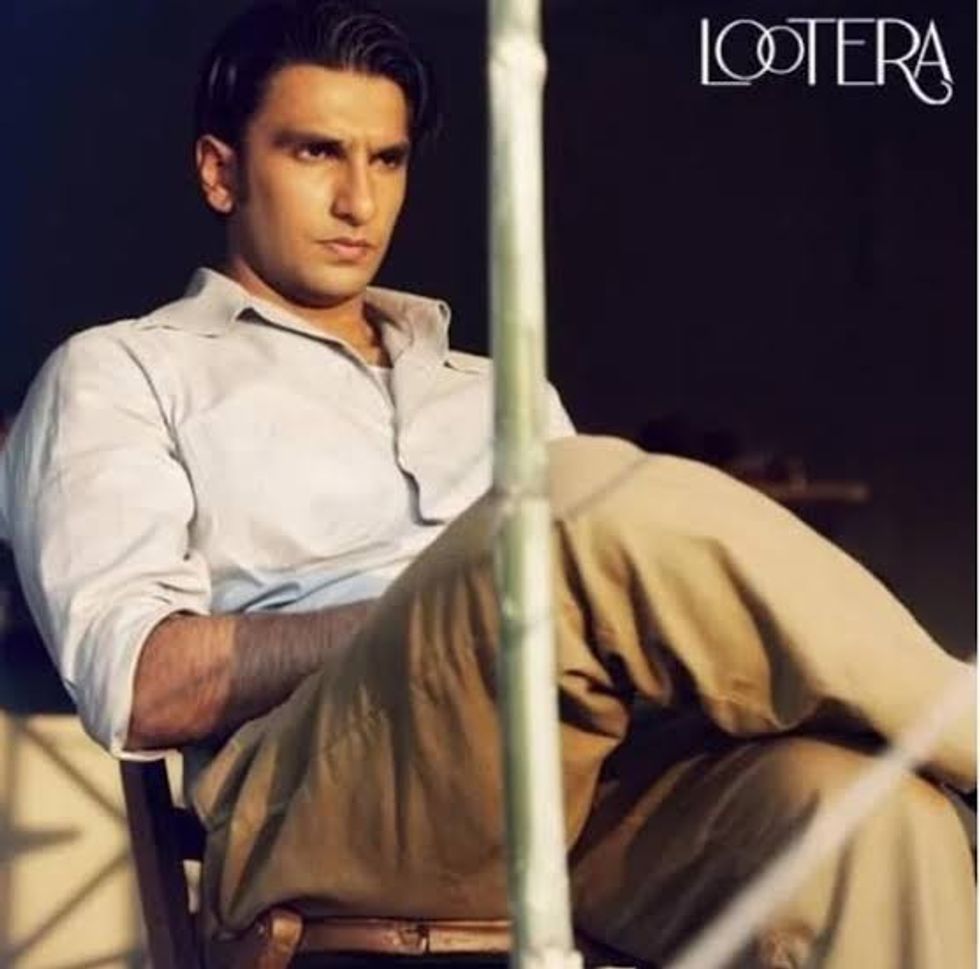 Ranveer Singh’s role as Varun showed he could command the screen without saying much
Ranveer Singh’s role as Varun showed he could command the screen without saying much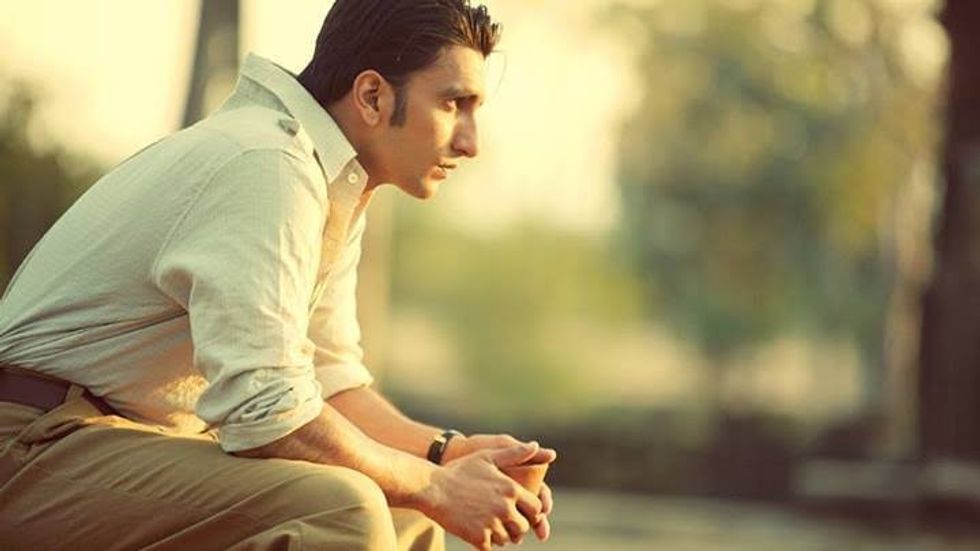 The period romance Lootera became a turning point in Ranveer Singh’s career
The period romance Lootera became a turning point in Ranveer Singh’s career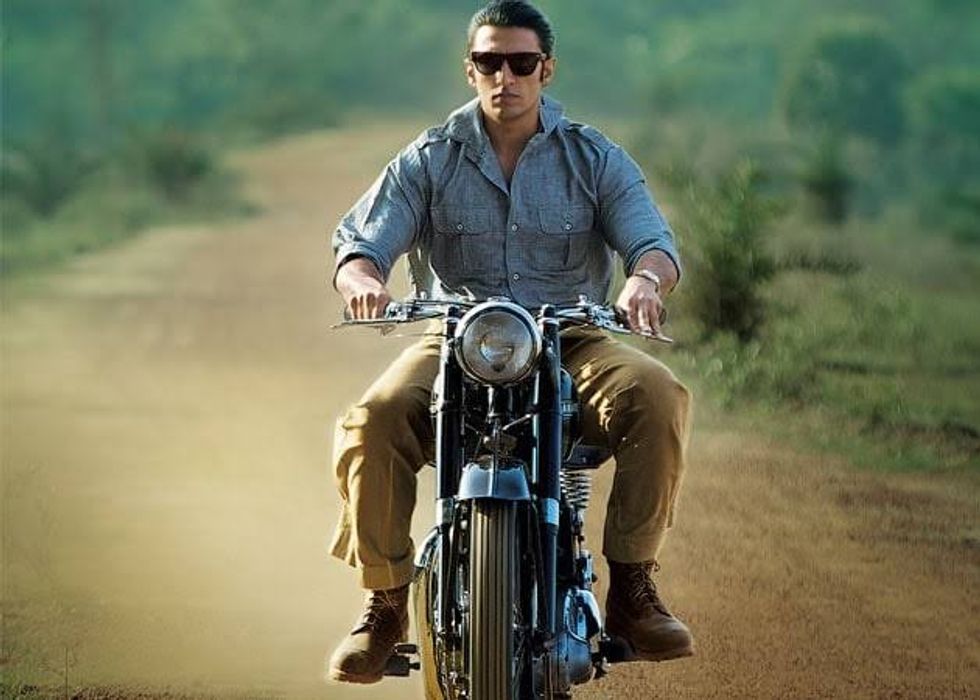 Ranveer Singh’s performance in Lootera was praised for its emotional restraint
Ranveer Singh’s performance in Lootera was praised for its emotional restraint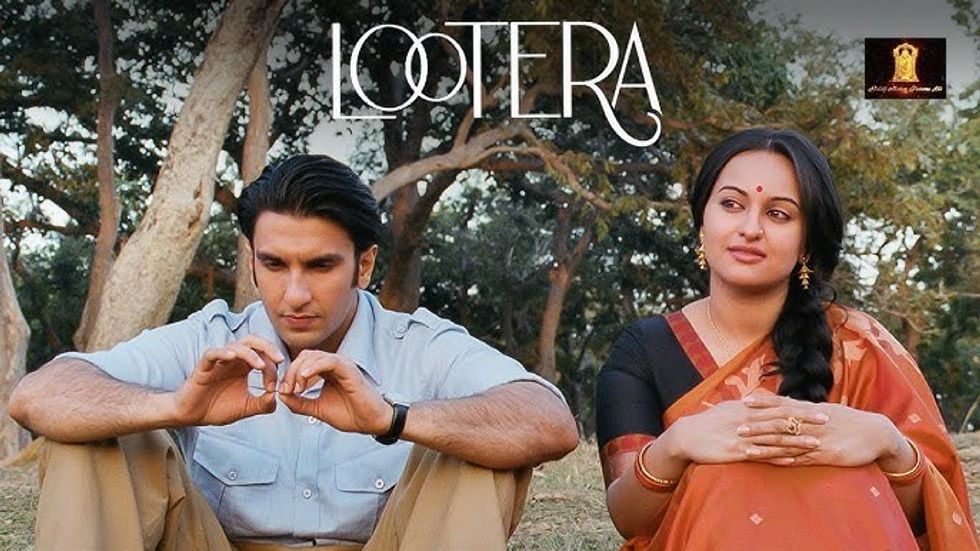 Ranveer Singh and Sonakshi Sinha starred in the romantic drama set in 1950s BengalYoutube/Altt Balaji Motion Pictures
Ranveer Singh and Sonakshi Sinha starred in the romantic drama set in 1950s BengalYoutube/Altt Balaji Motion Pictures 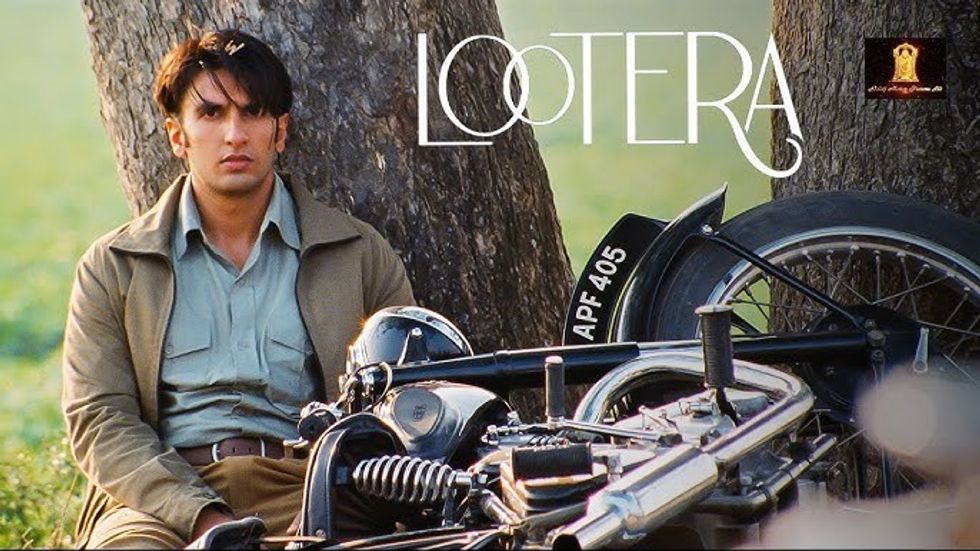 Lootera’s legacy has grown over the years despite its modest box office runYoutube/Altt Balaji Motion Pictures
Lootera’s legacy has grown over the years despite its modest box office runYoutube/Altt Balaji Motion Pictures
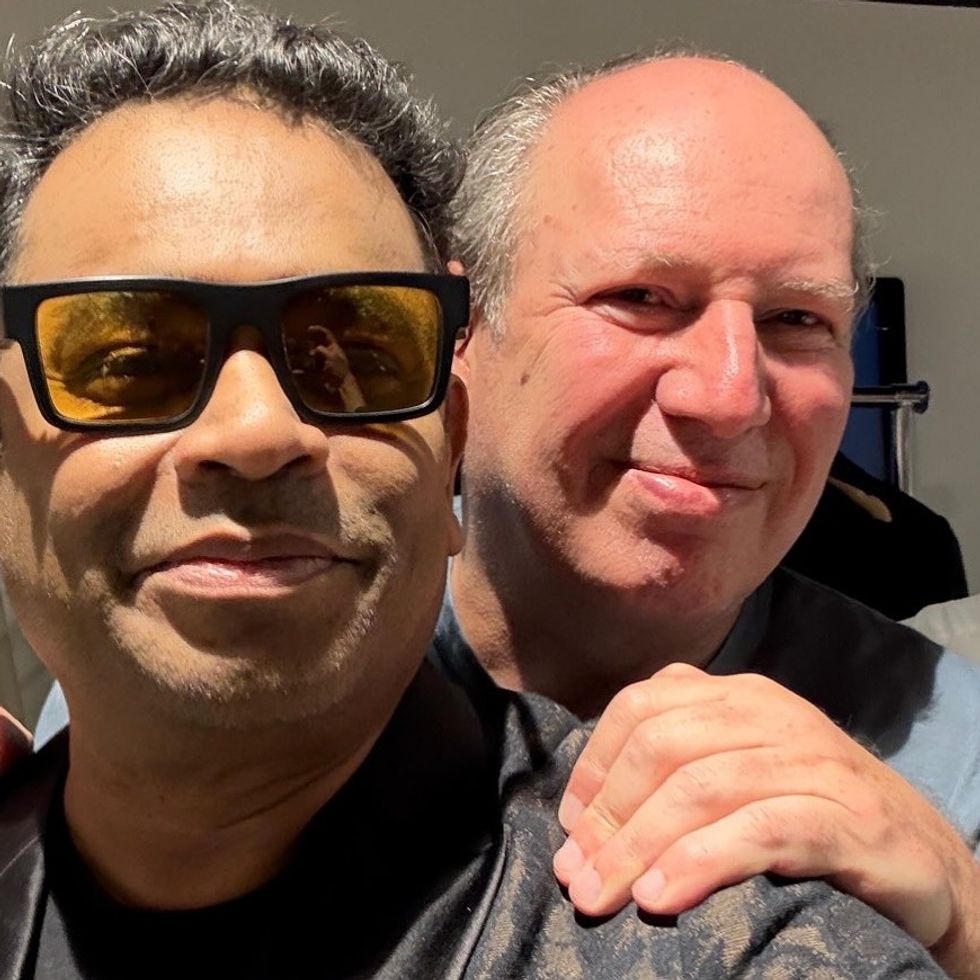 AR Rahman confirms collaboration with Hans Zimmer on InstagramInstagram/
AR Rahman confirms collaboration with Hans Zimmer on InstagramInstagram/
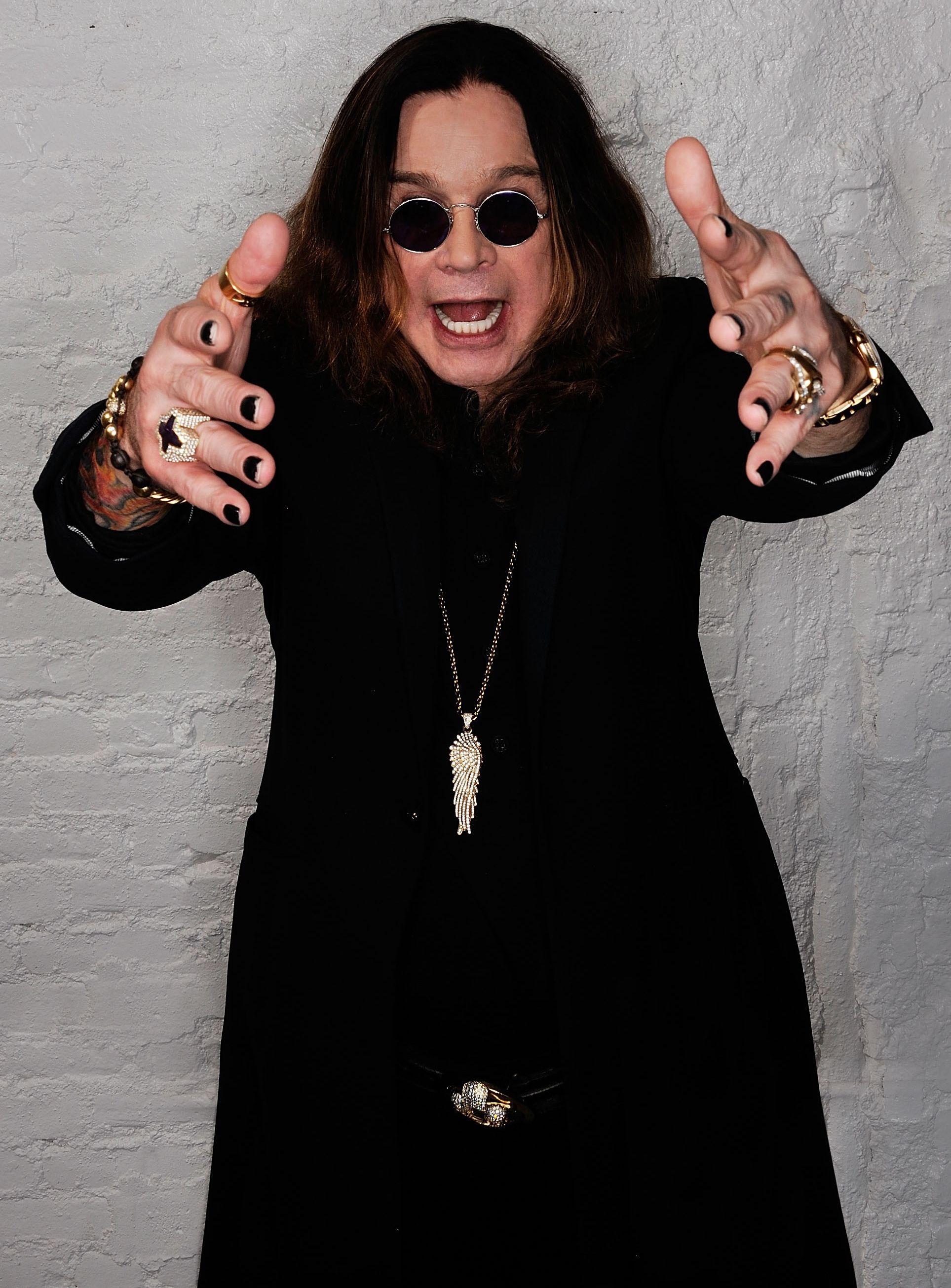 Ozzy Osbourne to perform one final time in BirminghamGetty Images
Ozzy Osbourne to perform one final time in BirminghamGetty Images 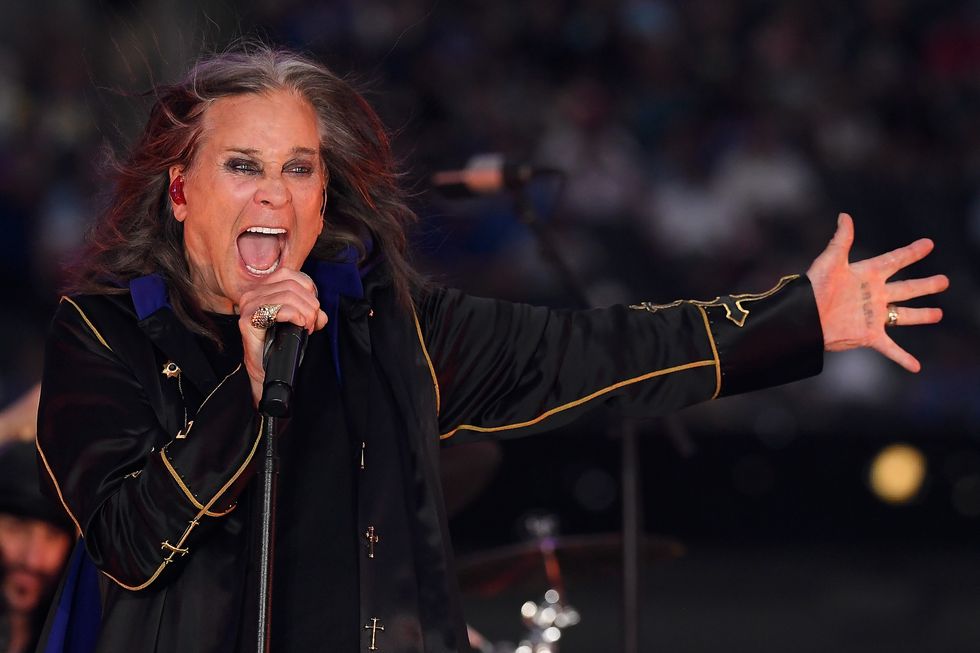 Ozzy Osbourne and Black Sabbath reunite in Birmingham for farewell concert after two decades Getty Images
Ozzy Osbourne and Black Sabbath reunite in Birmingham for farewell concert after two decades Getty Images 
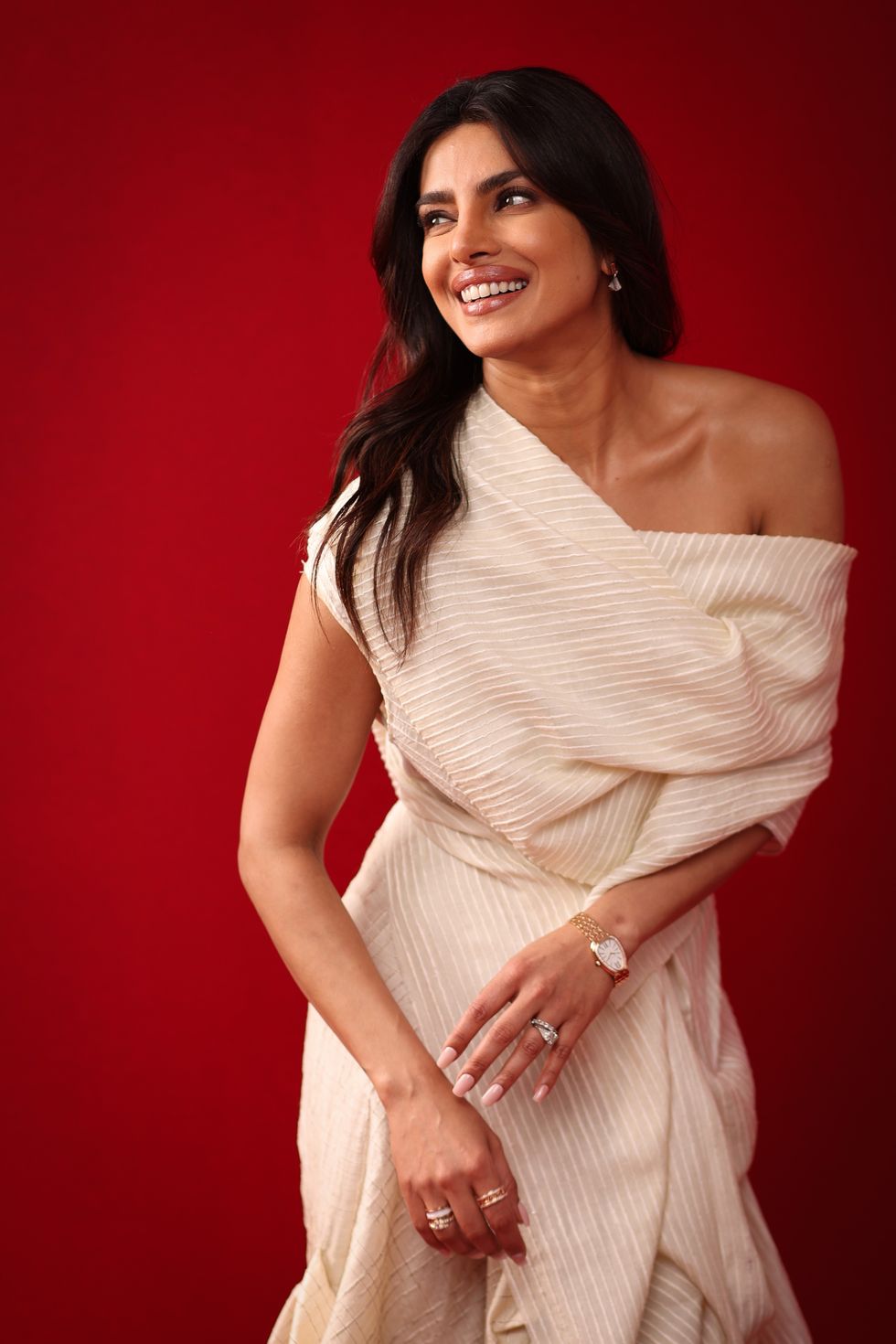 Priyanka Chopra calls herself nascent in Hollywood as 'Heads of State' streams on Prime VideoGetty Images
Priyanka Chopra calls herself nascent in Hollywood as 'Heads of State' streams on Prime VideoGetty Images 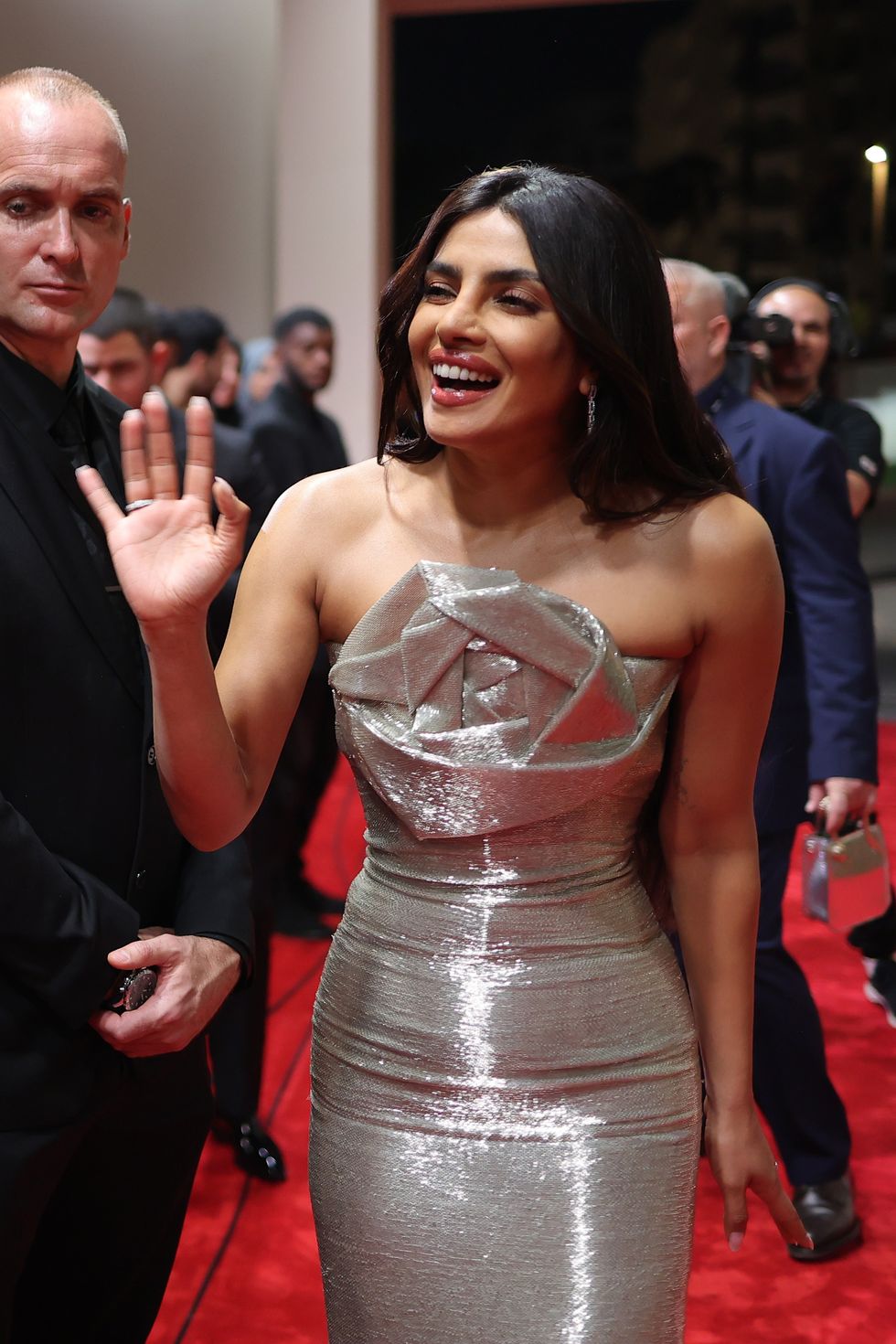 Priyanka Chopra wants to build her English film portfolio after Bollywood successGetty Images
Priyanka Chopra wants to build her English film portfolio after Bollywood successGetty Images 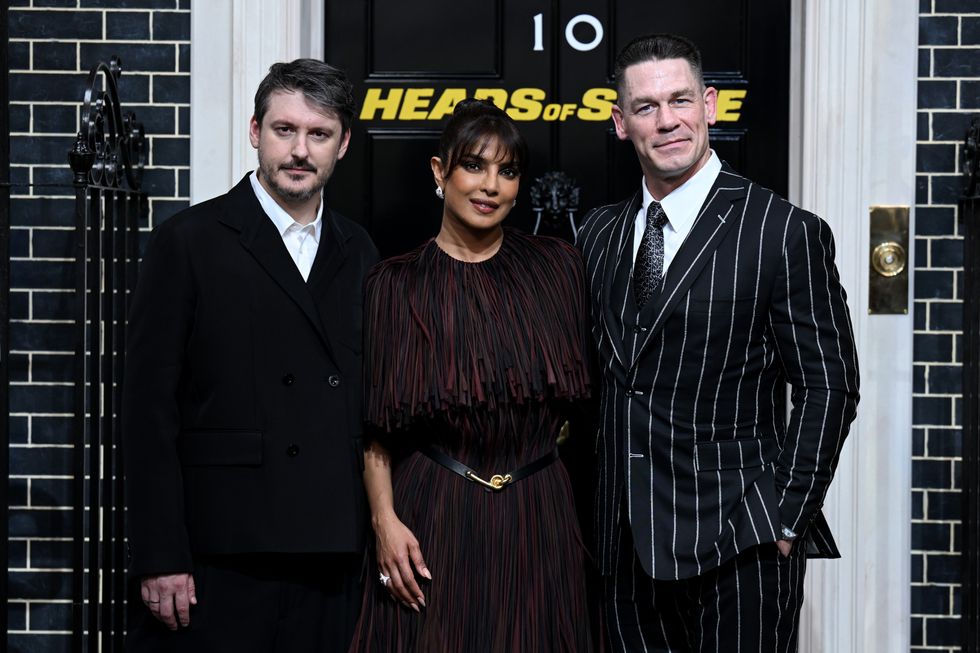 Ilya Naishuller, Priyanka Chopra and John Cena attend the special screening for "Head of State" Getty Images
Ilya Naishuller, Priyanka Chopra and John Cena attend the special screening for "Head of State" Getty Images